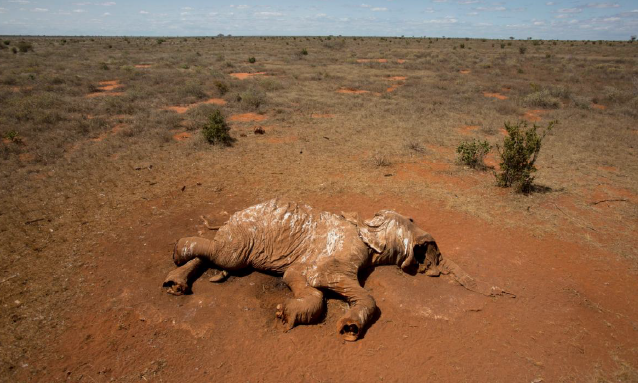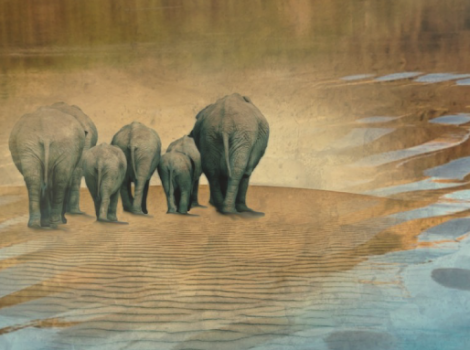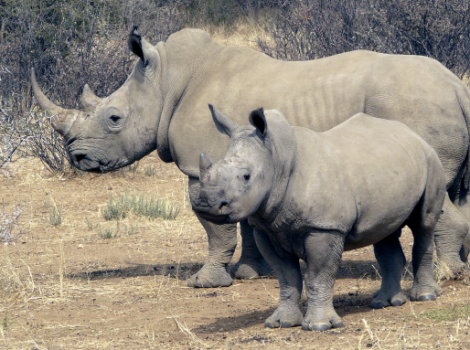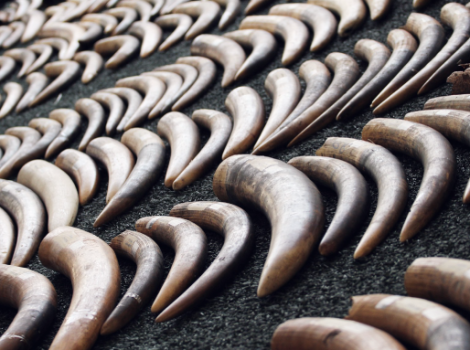
Even though Botswana is pinning its hopes on tourism to diversify the economy, poaching remains a challenge and hinders the country’s bid to diversify the economy.
According to a report from the Department of Wildlife and National Parks; in 2017/18, 62 elephants were killed compared to 42 in 2016/17. Similarly, there has been an increase in the trafficking of elephant tusks as evidenced by the trafficking of 109 tusks in 2017/2018 (as of the end of February) compared to 48 in 2016/2017.
The report also indicates that the Kgalagadi, Gantsi (Central Kalahari Game Reserve in particular), Ngamiland, Central and Chobe Districts are hardest hit by poaching due to the fact that most species, especially elephants and predators, are concentrated in those areas. The report observed that elephants are mostly poached in the Linyanti and Shaile areas along the Namibian Border.
It has come to light that the most poached animals are elephants for their ivory and antelopes for their meat.
There is also a new breed of poachers that has cropped up in the Kgalagadi area where predators are taken alive for their products (teeth, nails and skin). Sadly, Batswana citizens are increasingly becoming involved in poaching, while foreign nationals are reported to be the main culprits. Criminal charges are stipulated in the Wildlife Conservation and National Parks Act of 1992 CAP 38:01. The gravity of the charges is determined by the species.
For instance, those found guilty of killing an elephant are liable to a P50 000 fine and a 10-year jail sentence. By comparison, if found guilty of killing a rhinoceros, you may face a stiff P100 000 fine and a 15-year jail term. Failure to comply with the clause on the possession of ivory or elephant tusks attracts a fine of P50 000 and 10-years’ imprisonment.
The Department of Wildlife and National Parks is putting in place rigid measures to help neutralise the increasing poaching in Botswana. The report further stipulates that the use of the National Anti-Poaching Strategy derived from the SADC Regional Anti-Poaching Strategy is in place to combat poaching.
The department uses aircraft, vehicles, boats, radios and global positioning systems (GPS), among others to help in its daily duties of combating poaching.
Reference: BOPA
Photo By Karel Prinsloo, Eyevine/Redux




Very interesting. It is sad that they are killing these magnificent beasts for financial gain. Unfortunately, making something illegal never really works.